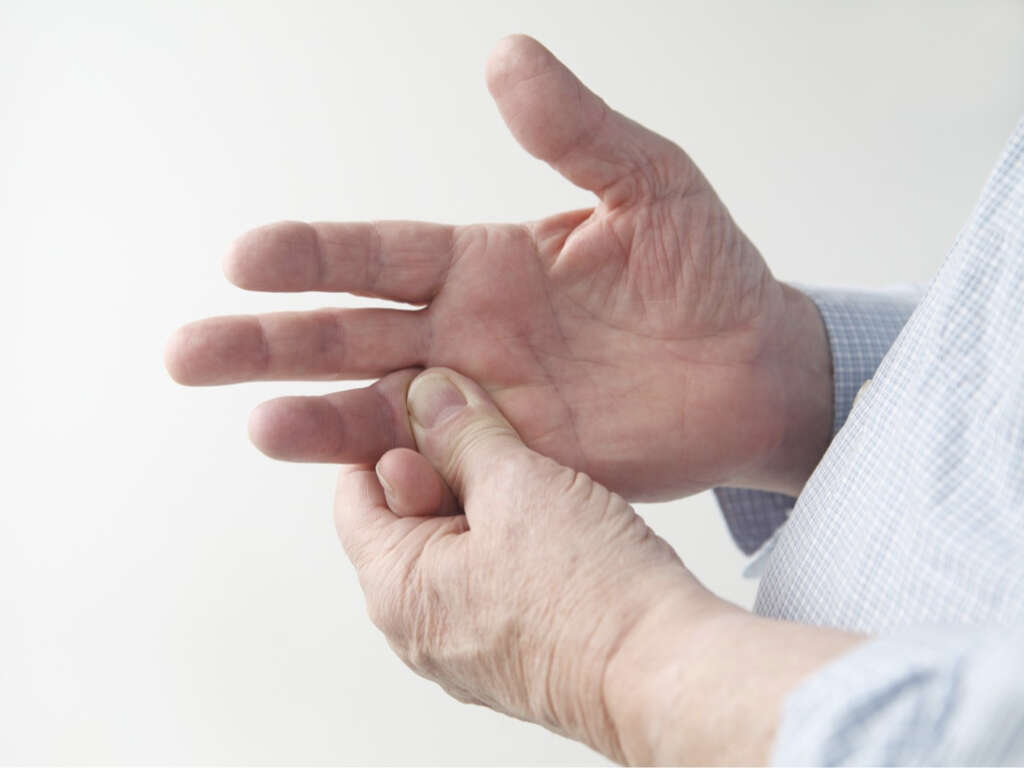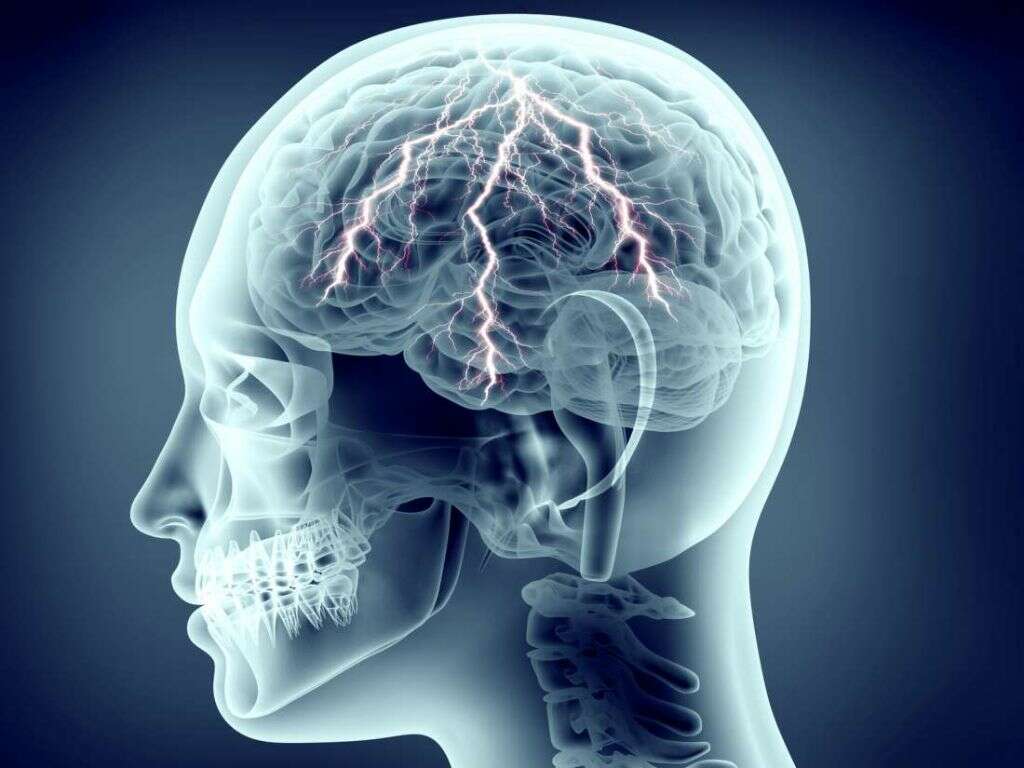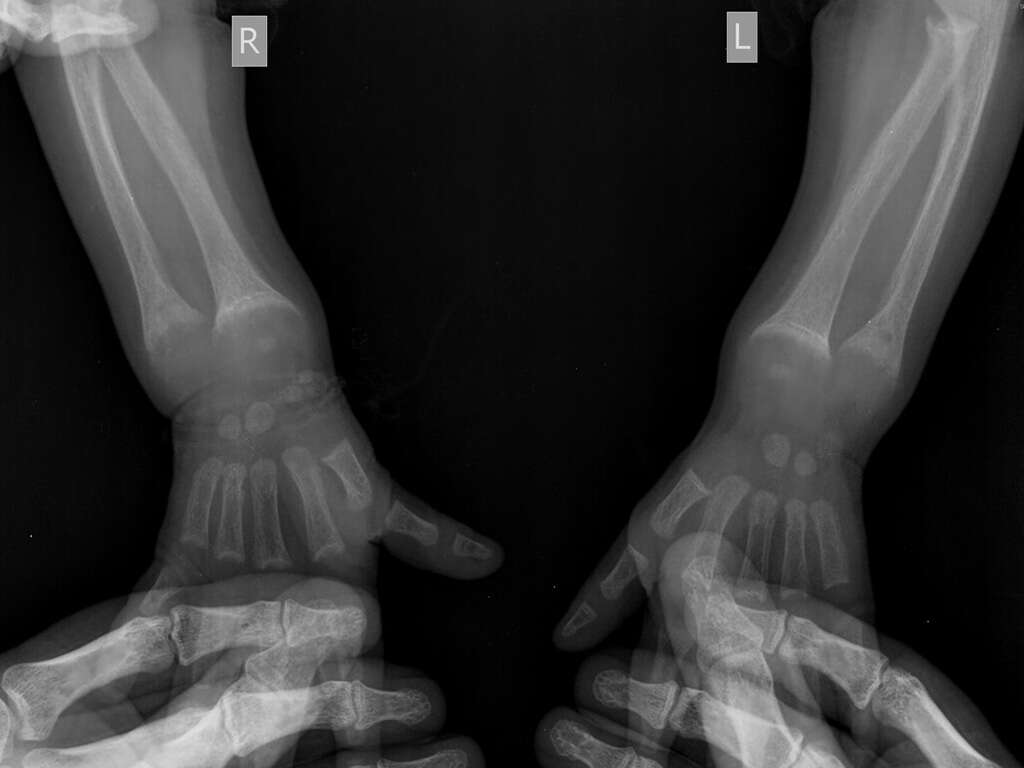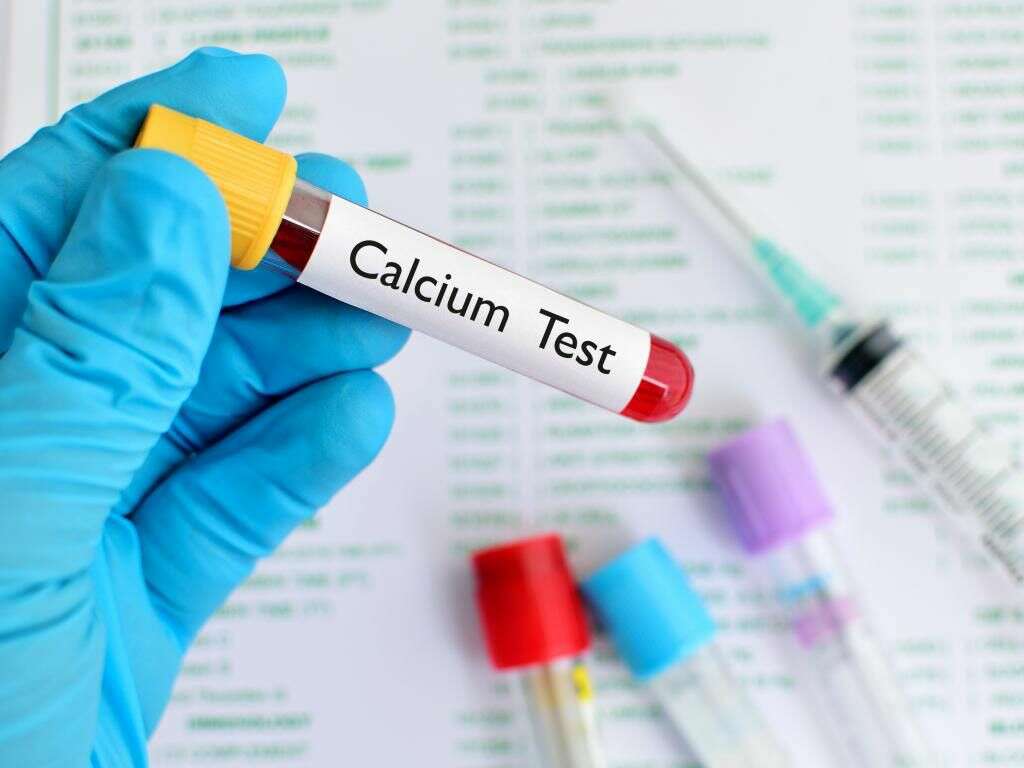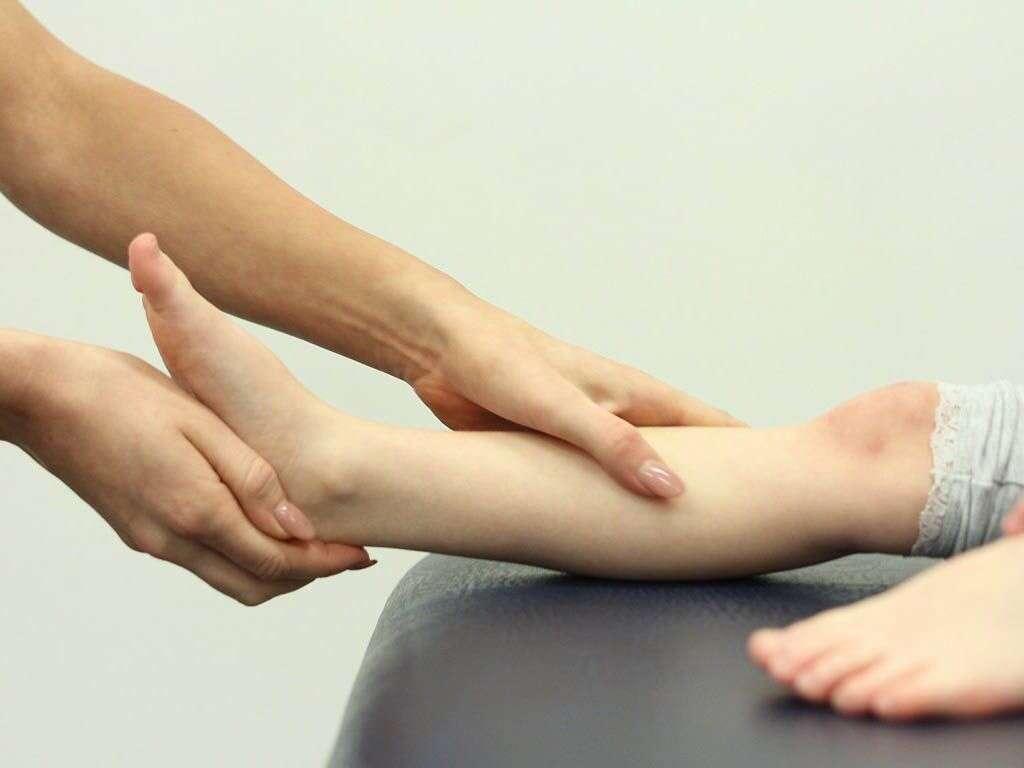10 Symptoms of Hypocalcemia
Hypocalcemia is a term describing low levels of calcium in the blood serum. The normal range of serum calcium ranges from 2.1 mmol/L to 2.6 mmol/L. In hypocalcemia, the level of serum calcium is lower than 2.1 mmol/L. Causes of hypocalcemia include vitamin D deficiency, hypoparathyroidism, pancreatitis, kidney failure, rhabdomyolysis, calcium channel blocker overdose, tumor lysis syndrome, and more. The diagnosis of hypocalcemia can be confirmed using a corrected calcium level. Changes can also be seen on the electrocardiogram. The calcium in the blood needs to be regulated within a narrow range to maintain proper cellular processes. Calcium in the blood can be present in three main states where it is bound to proteins, bound to anions, or free unbound calcium.
Since a significant amount of calcium is bound to the protein albumin, the changes in the levels of albumin will also affect the calcium level. The treatment of hypocalcemia may include intravenous calcium chloride, magnesium sulfate, magnesium, vitamin D, calcium supplements, phosphate binders, hydrochlorothiazide, and a low sodium diet.
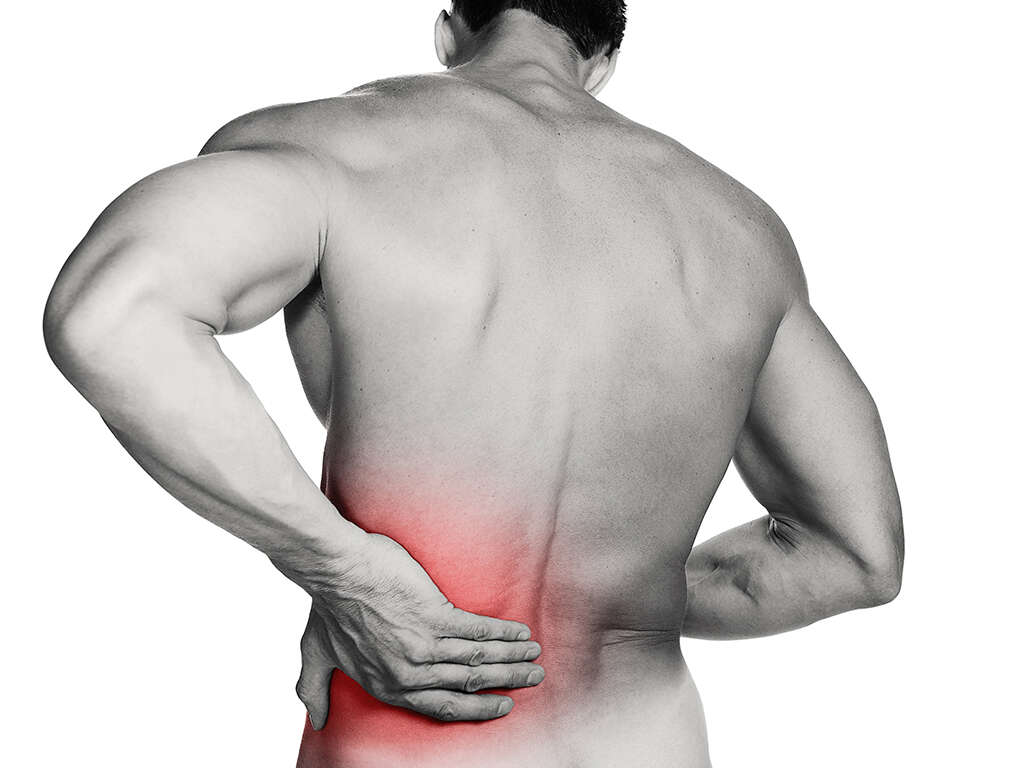
Symptom #1: Numbness or Paresthesia
Numbness or paresthesia refers to an abnormal and unpleasant sensation where there is pricking, tickling, tingling, or burning of the skin without any apparent cause. Paresthesia can be chronic or transient with many possible underlying causes. The commonest type of paresthesia is often described as a feeling of “pins and needles” or of a body part “falling asleep”.
Some of the causes include hyperventilation, shingles, panic attacks, reactive hyperemia, vitamin deficiency, diabetes, hypoparathyroidism, hypothyroidism, hypocalcemia, and more. In hypocalcemia, the paresthesia often affects the regions around the mouth, lips, and extremities of hands and feet.
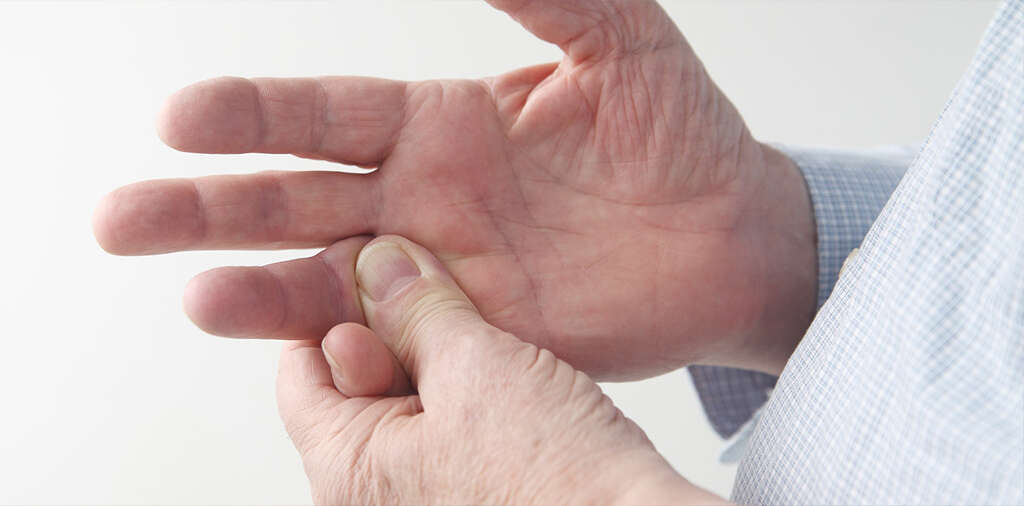
Symptom #2: Muscle Spasms
A muscle spasm can be described as an involuntary and sudden contraction of a muscle or a group of muscles. It is often associated with a sudden burst of pain. Most muscle spasms are harmless and usually resolve on their own after a few minutes.
They can lead to strains and tears in the muscle, tendons, and ligaments if the spasm force is more than the tensile strength of the connective tissue. Muscle spasms are usually due to muscle overload or electrolyte imbalances.

Symptom #3: Seizures
A seizure is an episode where there is excessive neuronal activity in the brain. It can result in a range of effects such as tonic clonic seizures or absence seizures. Seizures are considered a medical emergency in those without a previous history of seizures.
Besides epilepsy, seizures can also occur in those with brain trauma, elevated body temperature, use of drugs, hypoglycemia, low levels of oxygen, and more.
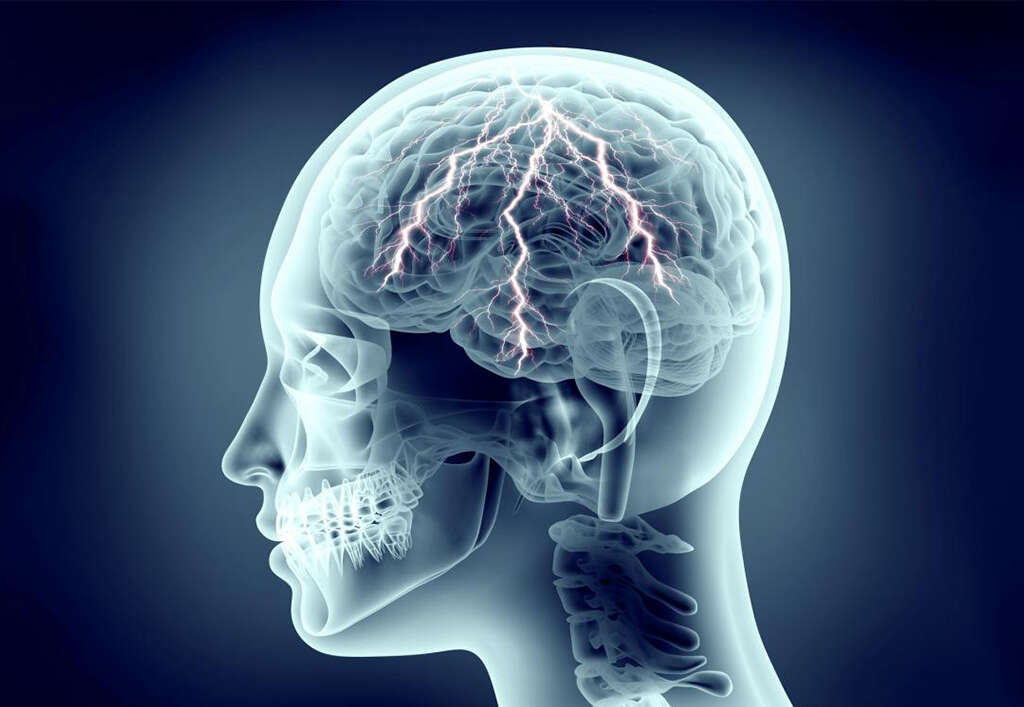
Symptom #4: Confusion
Confusion refers to the state where one is bewildered or unclear about their situation. In medicine, confusion is a term that may sometimes be used interchangeably with delirium which refers to the loss of orientation. This occurs when the patient is unable to place themselves correctly in the correct location, time, and identity.
Confusion can be associated with memory loss and the loss of linear thinking. Causes of confusion include dementia, brain tumor, concussion, dehydration, depression, brain injury, hypoglycemia, renal failure, hypothyroidism, hypocalcemia, and more.

Symptom #5: Petechiae
Petechiae are small purple or red spots due to a minor bleed from broken capillaries. Petechiae are less than 3 millimeters. Causes of facial petechiae include coughing, vomiting, crying, and breath holding. Petechiae on the body can be seen in vitamin K deficiency, vitamin C deficiency, leukemia, clotting factor deficiencies, thrombocytopenia, hypocalcemia, and more.
Petechiae is one of the types of bleeding into skin, characterized by size. The other two are purpura and ecchymosis. In hypocalcemia, the petechiae can become confluent in dependent parts of the body to become purpura.

Symptom #6: Cardiac Arrhythmias
Cardiac arrhythmias occur when the heartbeat is irregular, too fast, or too slow. A heart rate more than 100 beats per minute is known as a tachycardia. However, a heart rate of less than 60 beats per minute is known as bradycardia. It may manifest as palpitations, lightheadedness, fainting, breathlessness, or chest pain.
The four main types of cardiac arrhythmias are extra beats, ventricular arrhythmias, supraventricular tachycardias, and bradyarrhythmias. Hypocalcemia can result in arrhythmia as calcium is needed in the proper functioning of cells and contractility of the heart.
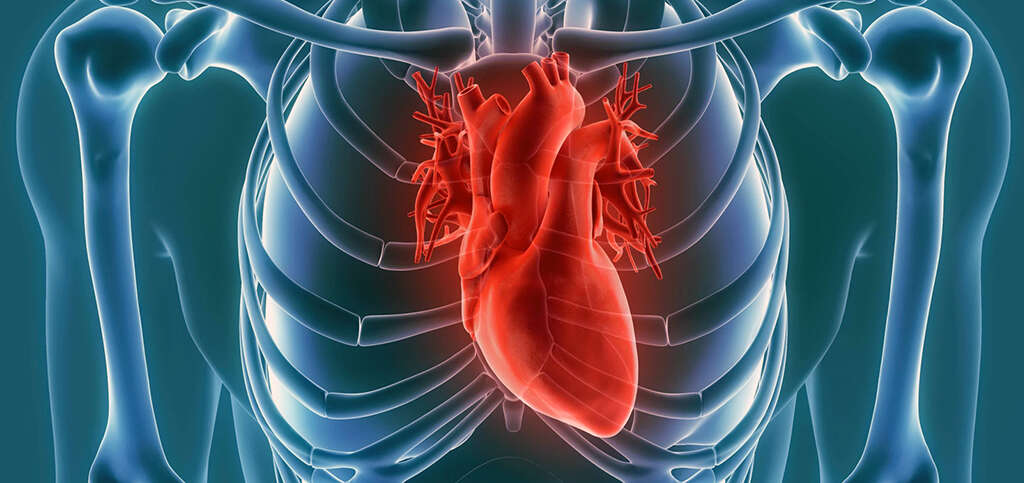
Symptom #7: Laryngospasm
Laryngospasm describes the involuntary or uncontrolled muscular contraction of the vocal folds. While it usually lasts less than a minute, there are some cases that can persist for as long as 20 to 30 minutes. A laryngospasm for a prolonged duration can lead to stridor and difficulty breathing. It may occur when the area below the vocal folds detects mucus, water, blood, or other substance in the airway.
Patients with laryngospasm often choke or have issues with breathing or speaking. Causes of laryngospasm include allergies, asthma, irritants, gastroesophageal disease, and more. It can occur as a complication of hypocalcemia.

Symptom #8: Loss of Consciousness
The loss of blood flow due to the failure of heart to pump effectively can lead to loss of consciousness and absent breathing. Symptoms such as chest pain, nausea, dizziness, fatigue, blackouts, and shortness of breath may precede the loss of consciousness. This is known as cardiac arrest. Left untreated, it results in death.
The commonest cause of cardiac arrest is coronary artery disease, hypokalemia, major blood loss, heart failure, hypocalcemia, and more. Management involves cardiopulmonary resuscitation and if possible, defibrillation.
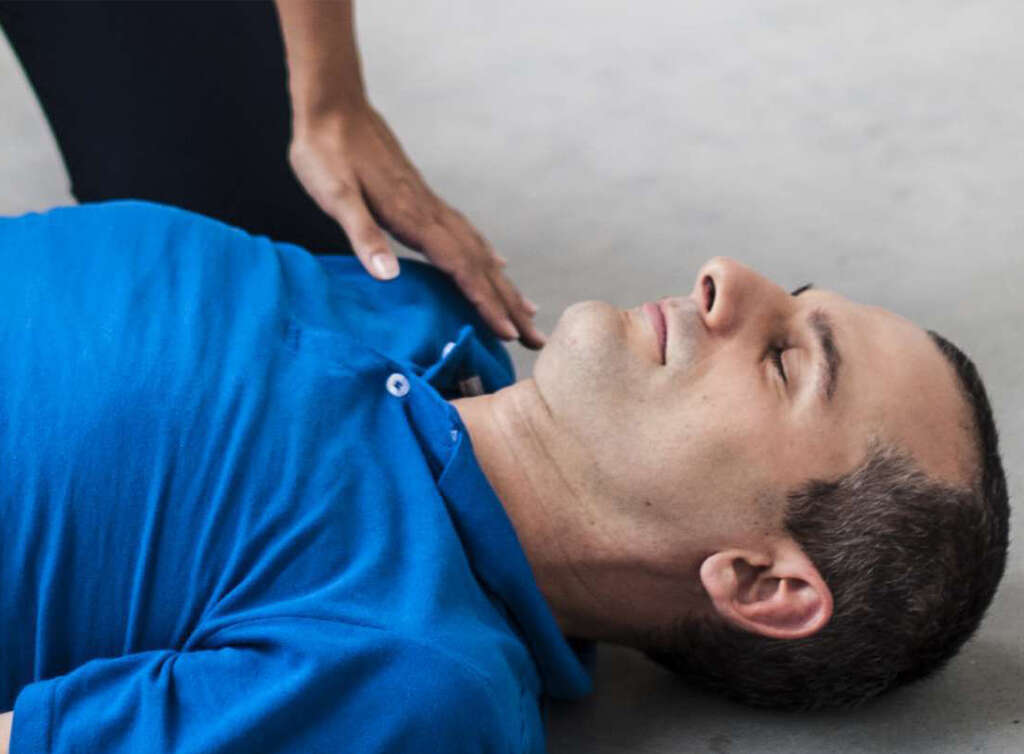
Symptom #9: Muscle Weakness
Muscle weakness or myasthenia occurs when there is a lack of muscle strength. It can be divided into true or perceived weakness. True weakness occurs when it is due to a skeletal muscle disease or electrolyte imbalances. Examples include myasthenia gravis, muscular dystrophy, inflammatory myopathy, hypokalemia, hypocalcemia, and more.
It occurs when the force exerted is less than expected. Perceived weakness occurs in conditions where the patient feels more effort is required despite normal muscle strength such as in chronic fatigue syndrome.

Symptom #10: Lightheadedness
Lightheadedness is an unpleasant and common sensation where one feels dizzy or faint. It can be transient, recurring, or prolonged. Most causes of lightheadedness are easily treatable and managed. Lightheadedness can occur when there is a shortage of oxygen or blood to the brain due to conditions such as low blood pressure, dehydration, diarrhea, vomiting, hypoglycemia, hyperventilation, and more.
The treatment for dizziness depends on the underlying cause. It usually involves hydration (orally or intravenous), avoiding sudden changes in posture, maintaining normal blood sugar levels, and more. Hypocalcemia may also cause lightheadedness.





